Testosterone Replacement Therapy
What Is Testosterone Replacement Therapy (TRT)?
TRT is a medical treatment designed to restore normal testosterone levels in men with clinically low testosterone (hypogonadism).
-
Normal male testosterone levels: 300–1,000 ng/dL
-
TRT is considered if levels are consistently below ~300 ng/dL, and the patient has symptoms
🔍 Who Needs TRT?
Indicated for men with:
-
Clinically diagnosed hypogonadism
-
Documented low testosterone on two separate morning blood tests
-
Symptoms such as:
-
Fatigue
-
Low libido or erectile dysfunction
-
Muscle loss, weight gain
-
Depression, irritability
-
Brain fog, memory issues
-
✅ Common Causes of Low T:
-
Aging (andropause)
-
Obesity or metabolic syndrome
-
Testicular injury or removal
-
Pituitary disorders
-
Opioid or steroid use
💉 TRT Delivery Methods
| Route | Examples | Frequency | Notes |
|---|---|---|---|
| Injections | Testosterone cypionate/enanthate | Weekly or bi-weekly | Most cost-effective; large swings possible |
| Topical Gel | AndroGel, Testim, Fortesta | Daily | Easy to apply; potential for skin transfer |
| Transdermal Patch | Androderm | Daily | Stable dosing; possible skin irritation |
| Pellets | Testopel | Every 3–6 months | Implanted under skin; no daily dosing |
| Oral | Jatenzo, Tlando (testosterone undecanoate) | Twice daily | Newer; may raise liver enzymes |
| Nasal | Natesto | 2–3x daily | Fast, less systemic absorption |
🧪 Monitoring & Lab Testing
Baseline and ongoing labs typically include:
-
Total testosterone (morning, fasting)
-
Free testosterone
-
LH/FSH (to check pituitary function)
-
Estradiol (E2)
-
Hematocrit & hemoglobin (watch for polycythemia)
-
PSA (for prostate screening)
-
Lipids & liver enzymes
⚖️ Benefits of TRT
| Area | Effect |
|---|---|
| 🧠 Mental | Better mood, confidence, focus |
| 💪 Physical | Increased lean mass, reduced fat |
| 🍆 Sexual | Improved libido and erectile function |
| 🛏️ Energy | Reduced fatigue, better sleep |
| 🦴 Bone Health | Increased bone mineral density |
⚠️ Risks and Side Effects
| Potential Risk | Description |
|---|---|
| Polycythemia | Elevated red blood cells — may need phlebotomy |
| Acne/oily skin | Especially with injections |
| Hair loss | If genetically prone to male pattern baldness |
| Fertility issues | TRT suppresses sperm production (see below) |
| Gynecomastia | Estrogen conversion may cause breast tissue |
| Sleep apnea | May worsen in some individuals |
| Prostate issues | Can increase PSA; long-term cancer risk is debated |
🧑⚕️ TRT & Fertility
TRT suppresses the body’s natural testosterone production, which can lower or eliminate sperm production.
Alternatives if preserving fertility:
-
Clomiphene citrate (Clomid) – stimulates natural testosterone
-
hCG (human chorionic gonadotropin) – mimics LH, preserves fertility
-
Enclomiphene – newer, purified version of clomid
🧾 Summary Table
| Feature | TRT Overview |
|---|---|
| Indications | Low T symptoms + low blood T |
| Methods | Injection, gel, patch, pellet, oral, nasal |
| Duration | Long-term, often lifelong |
| Key Benefits | Energy, libido, muscle, mood |
| Major Risks | Fertility loss, erythrocytosis, gynecomastia |
| Monitoring | Labs every 3–6 months |
🧠 Final Thoughts
TRT can significantly improve quality of life in men with clinically low testosterone, but it’s not a cure-all and must be approached carefully. Always:
-
Work with an experienced hormone therapy provider
-
Monitor labs routinely
-
Be honest about fertility goals


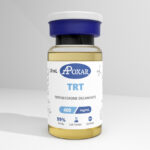
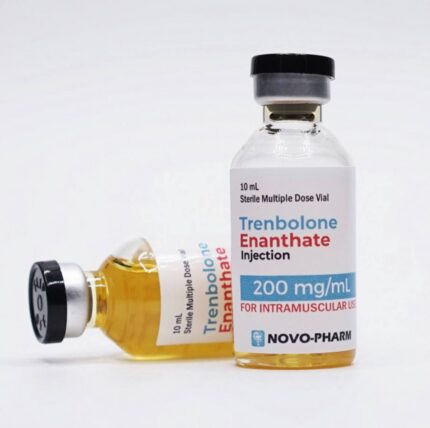
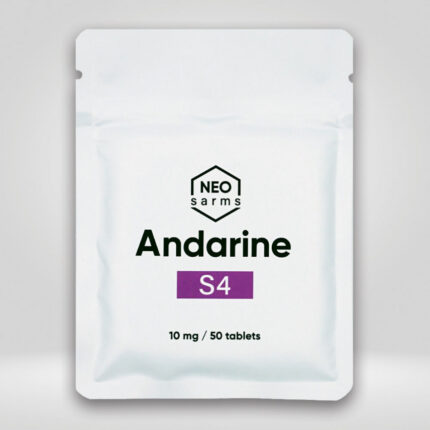


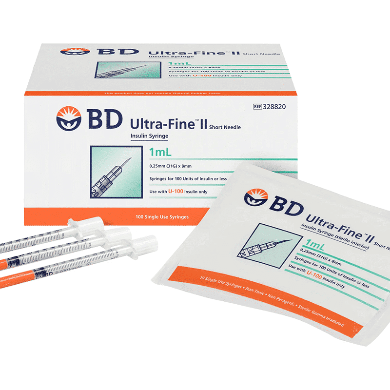


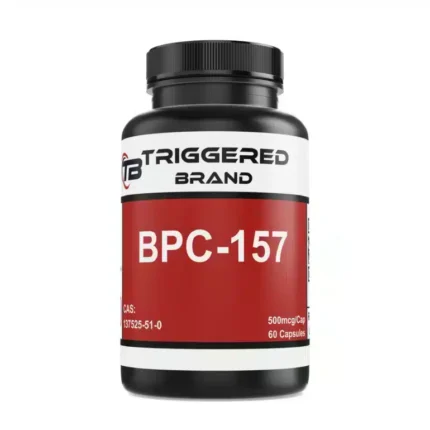
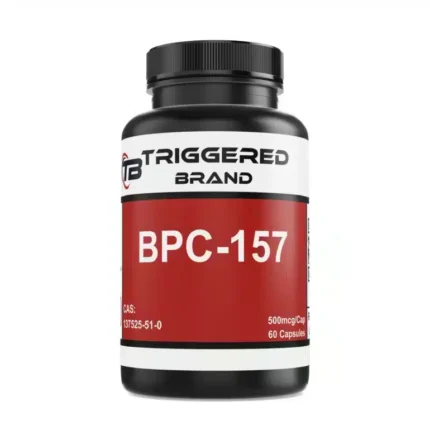

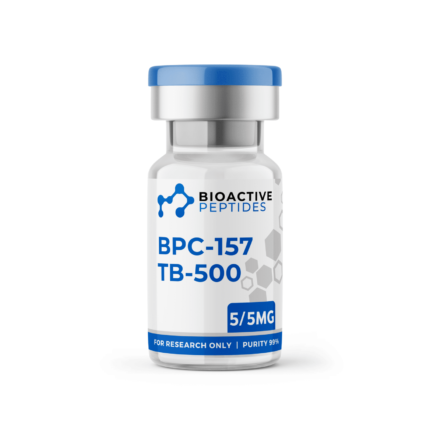
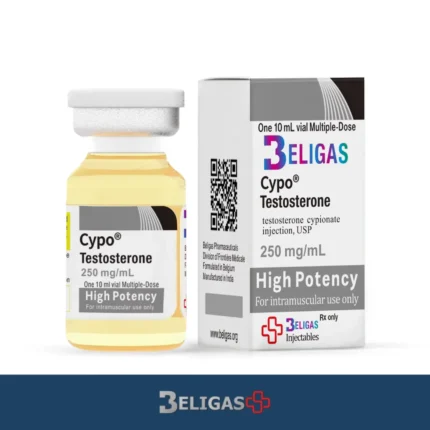
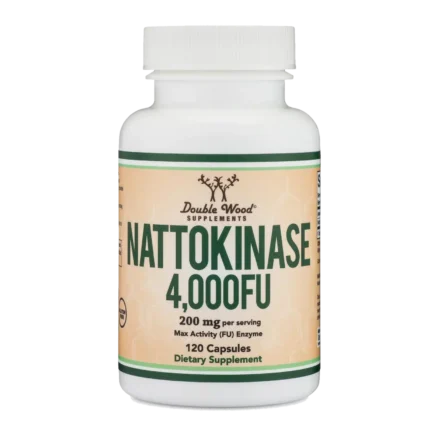


Reviews
There are no reviews yet.